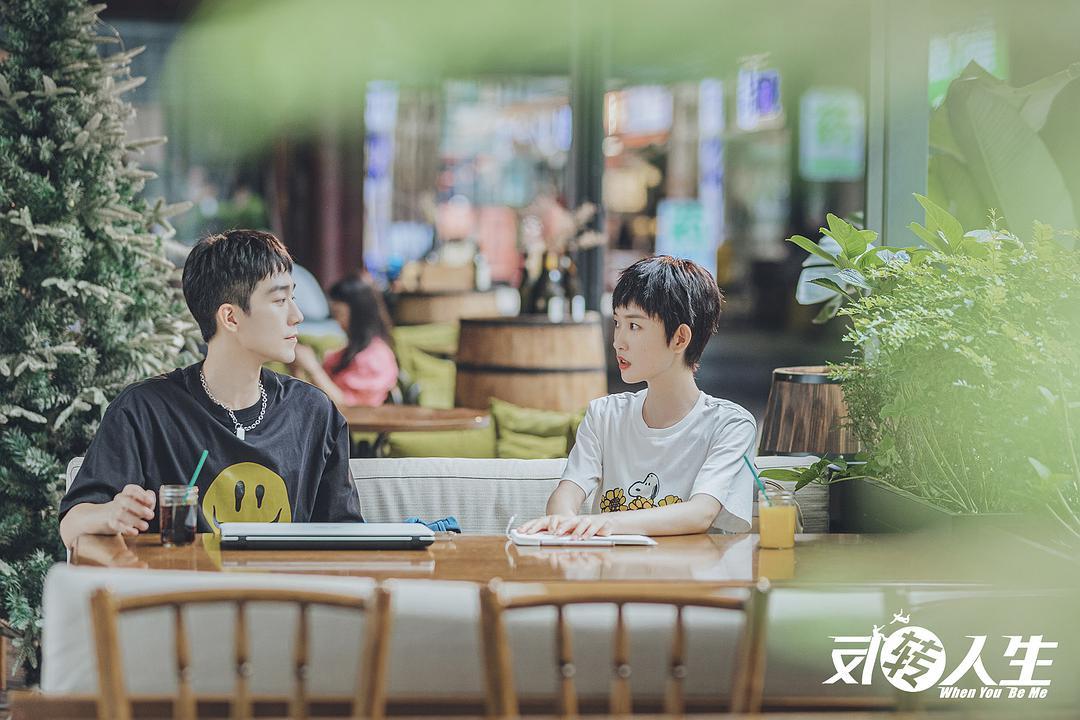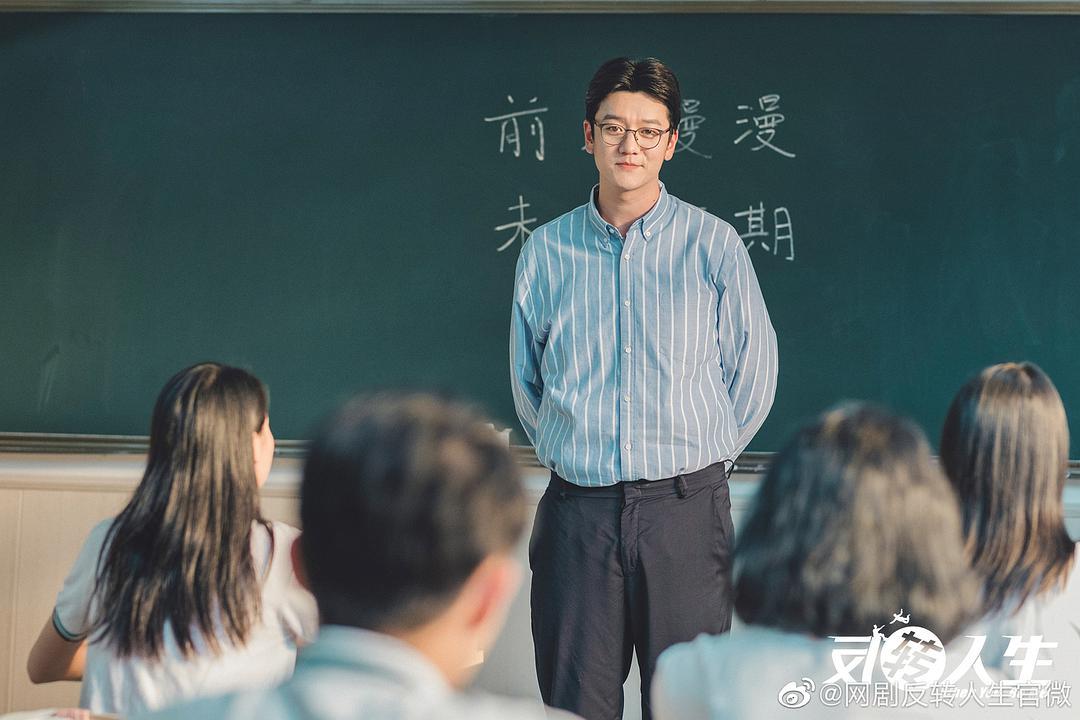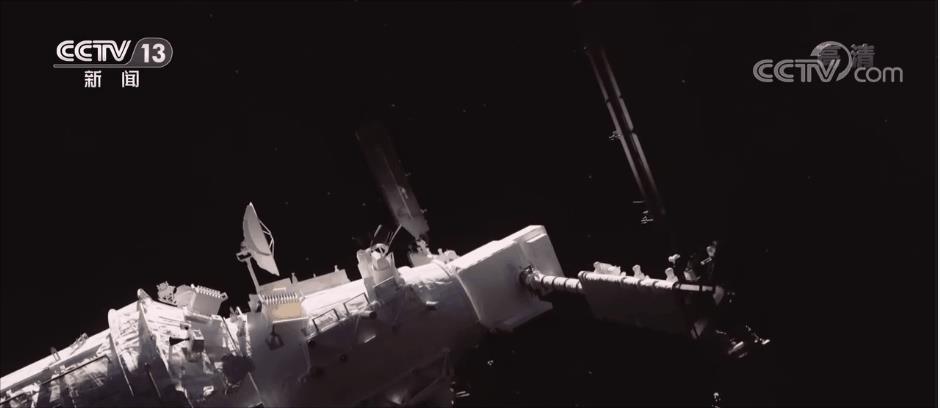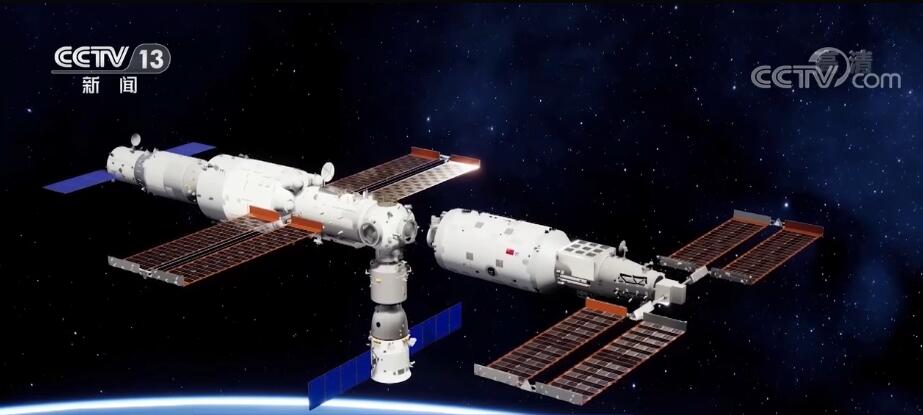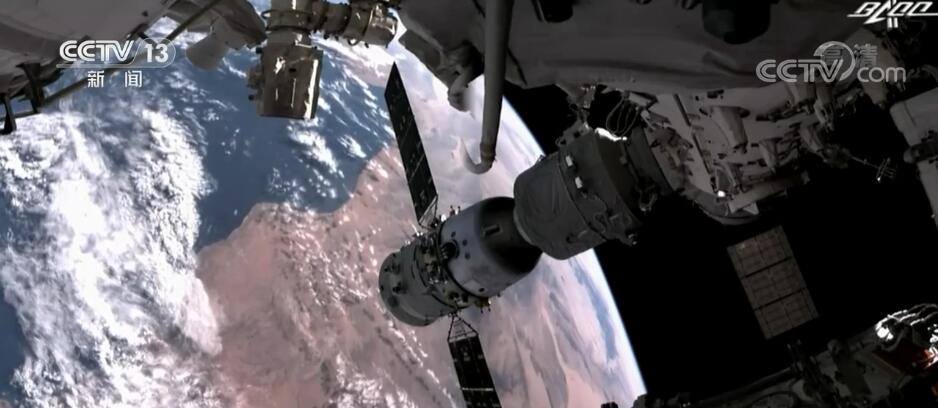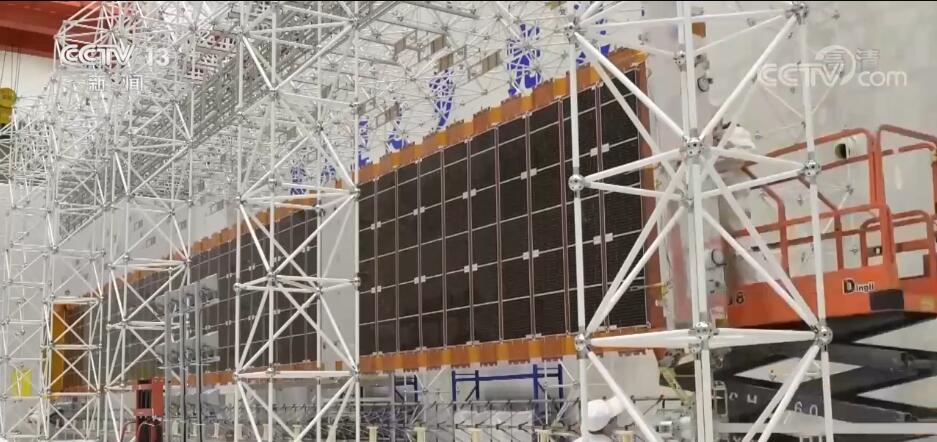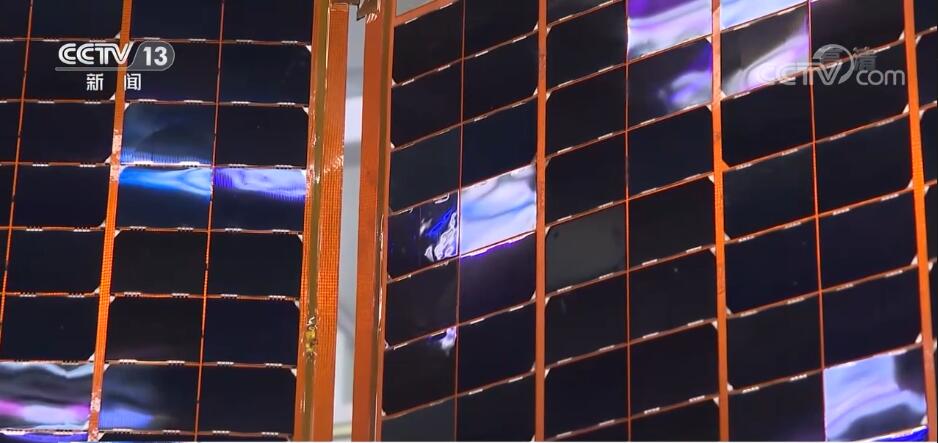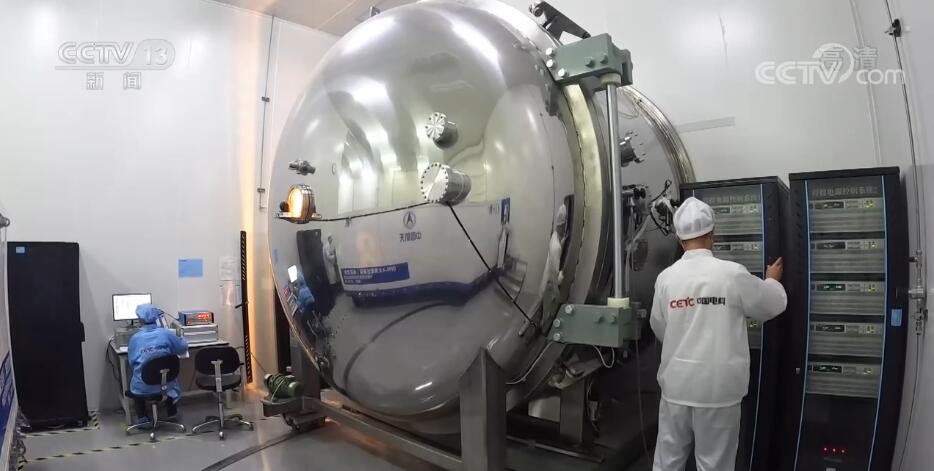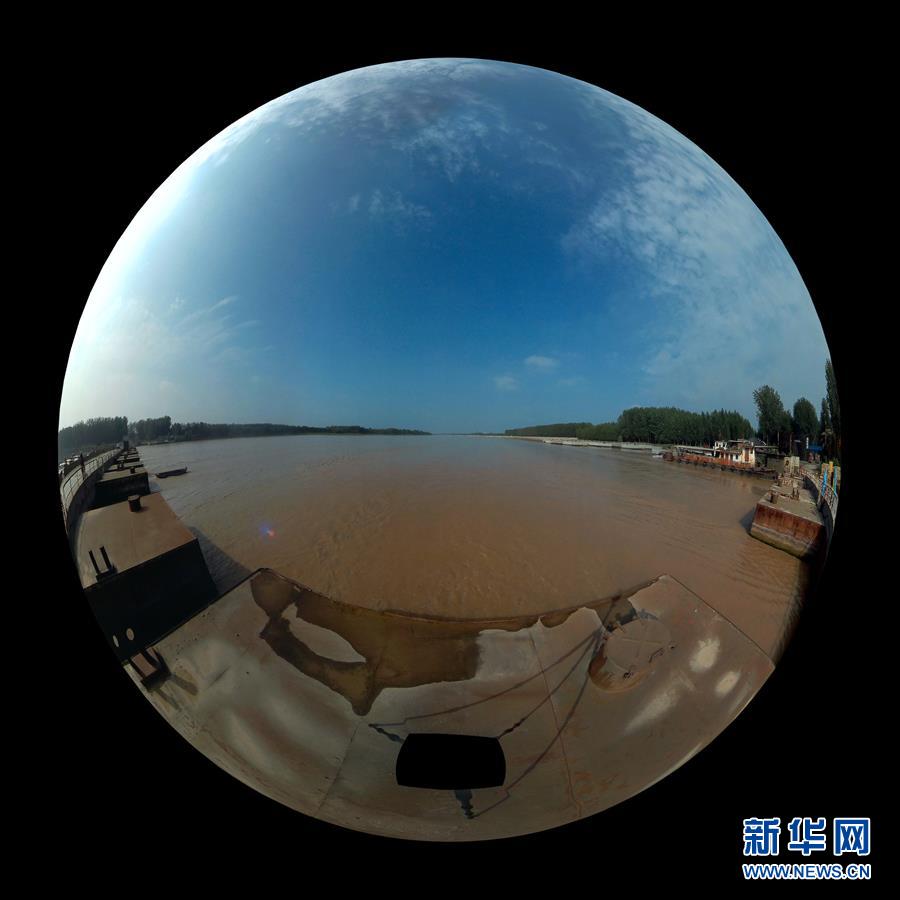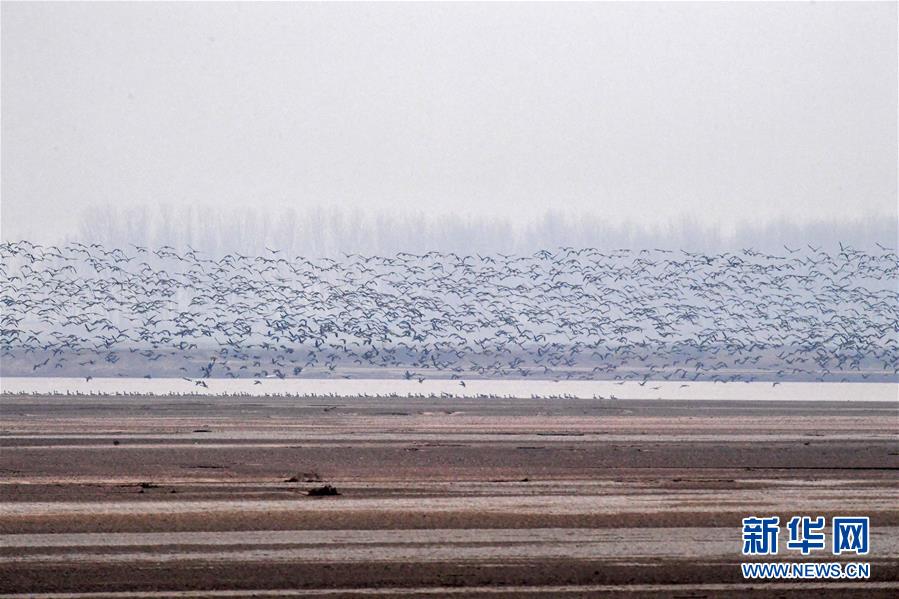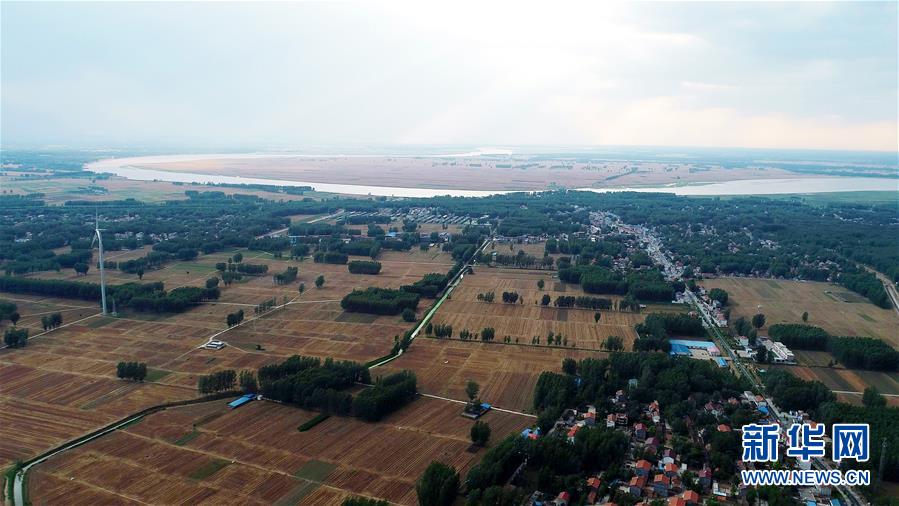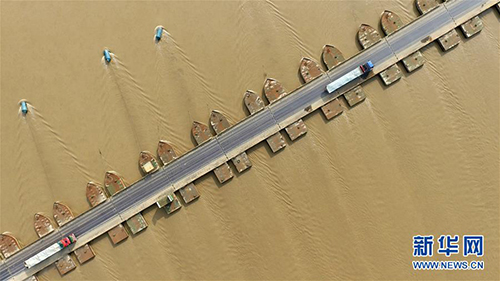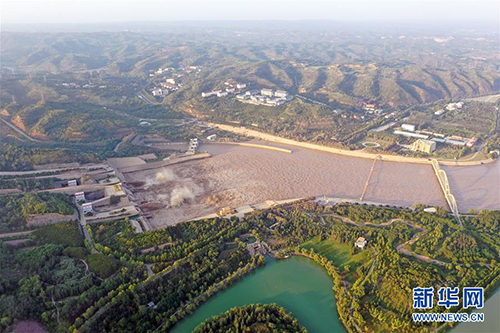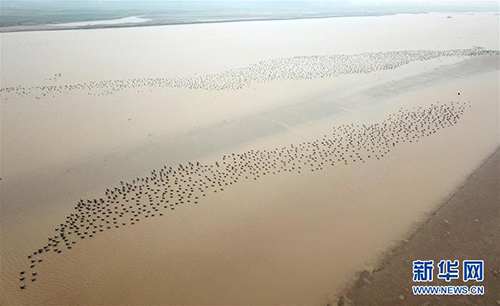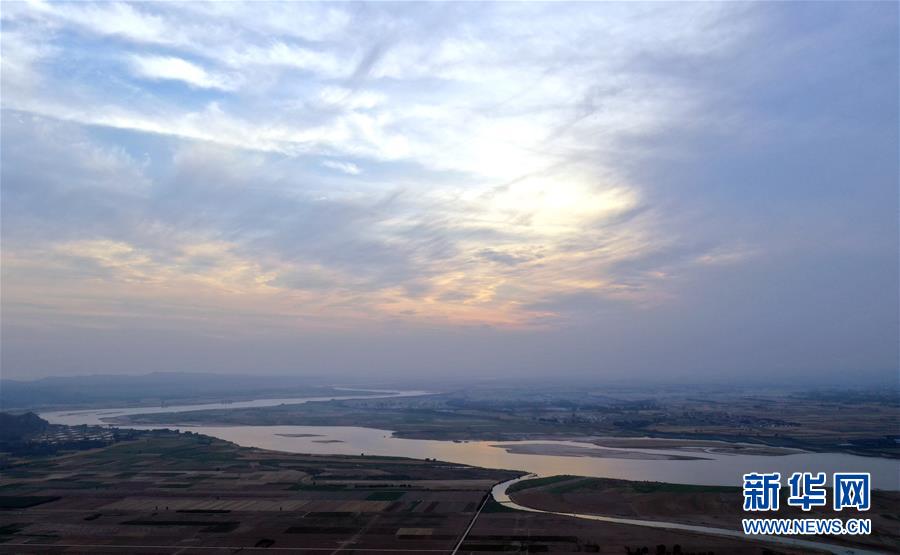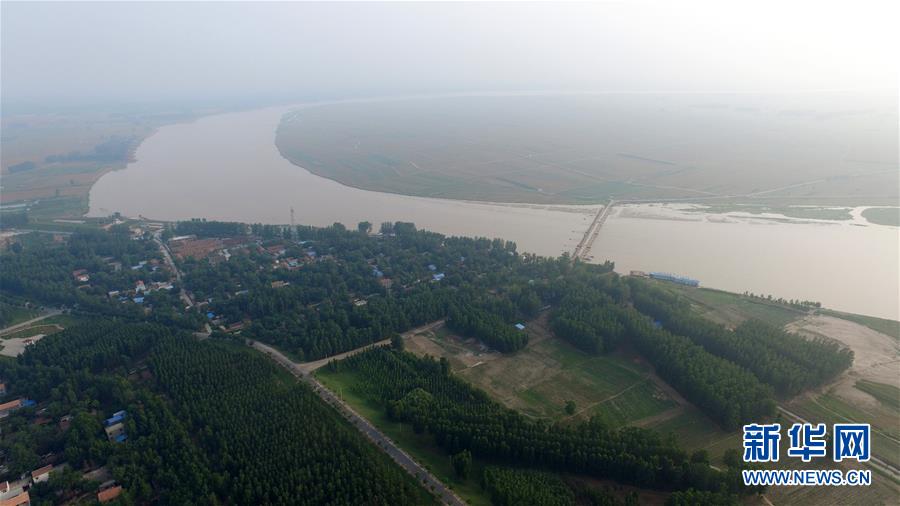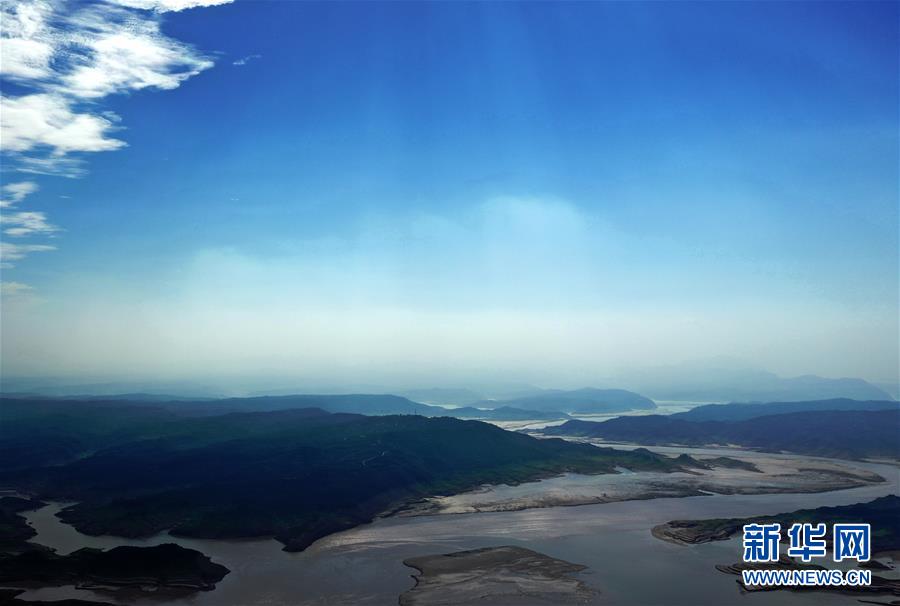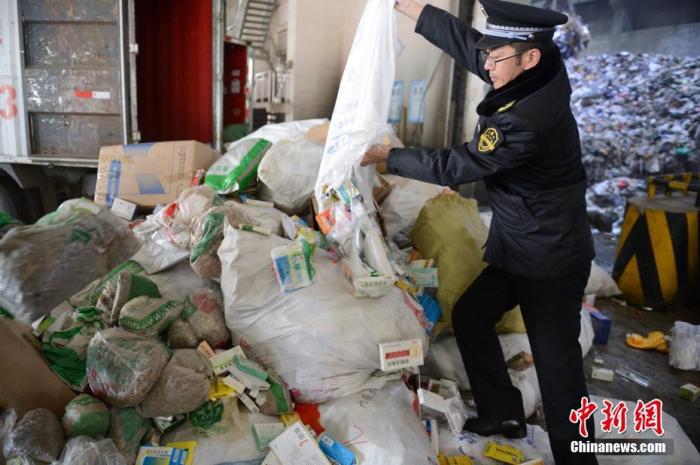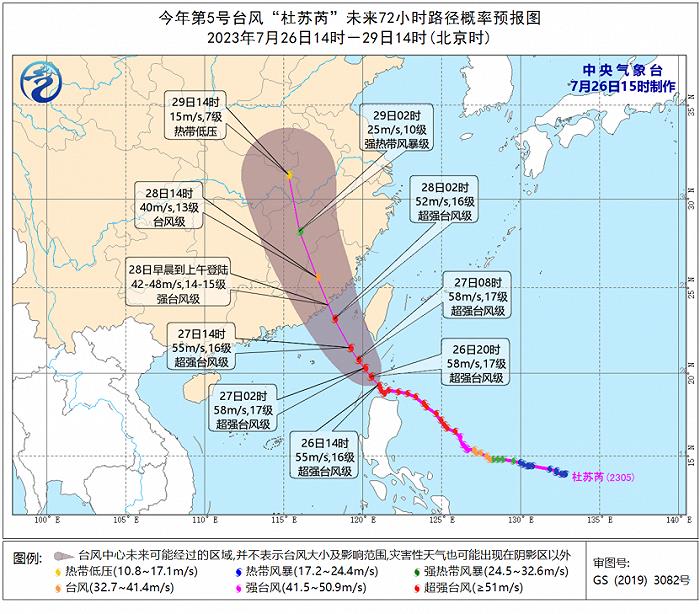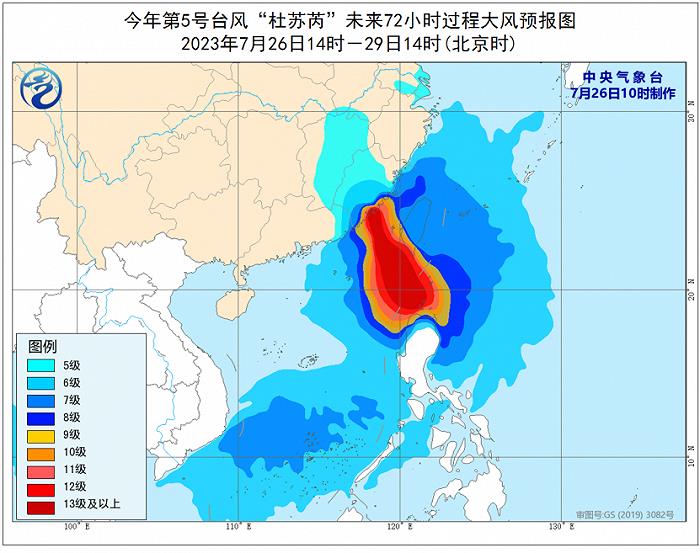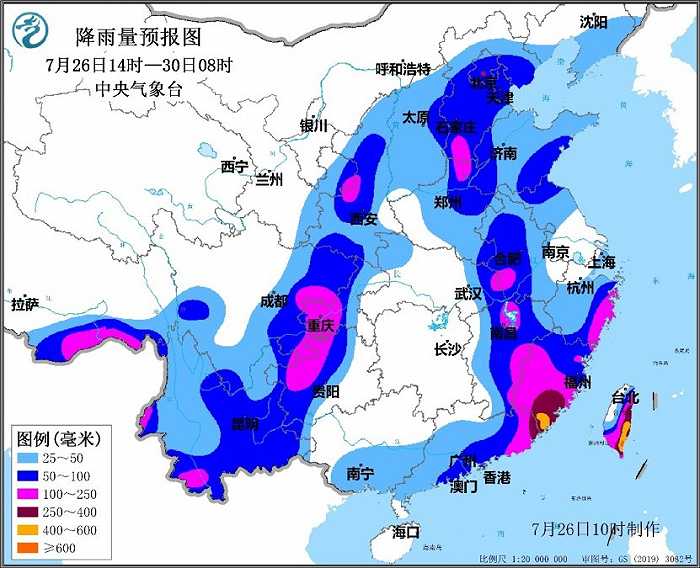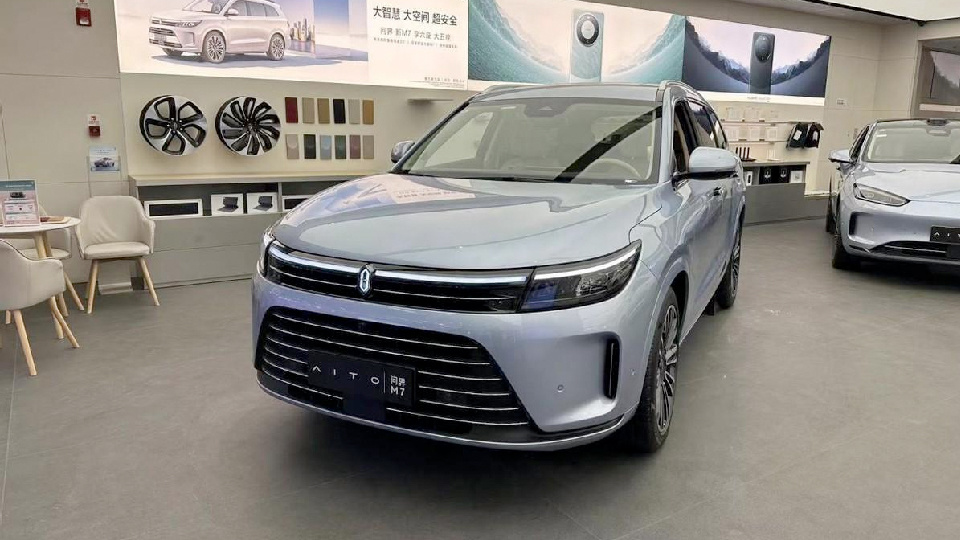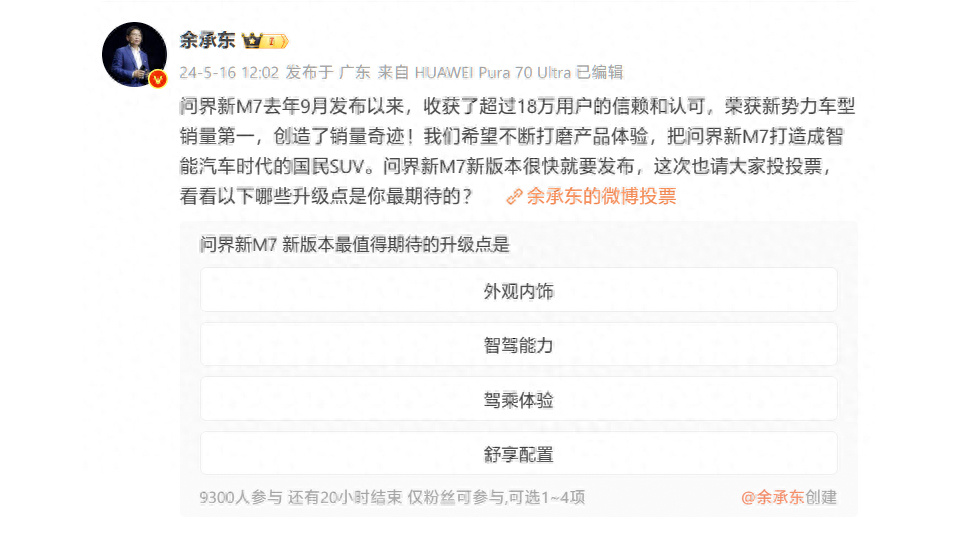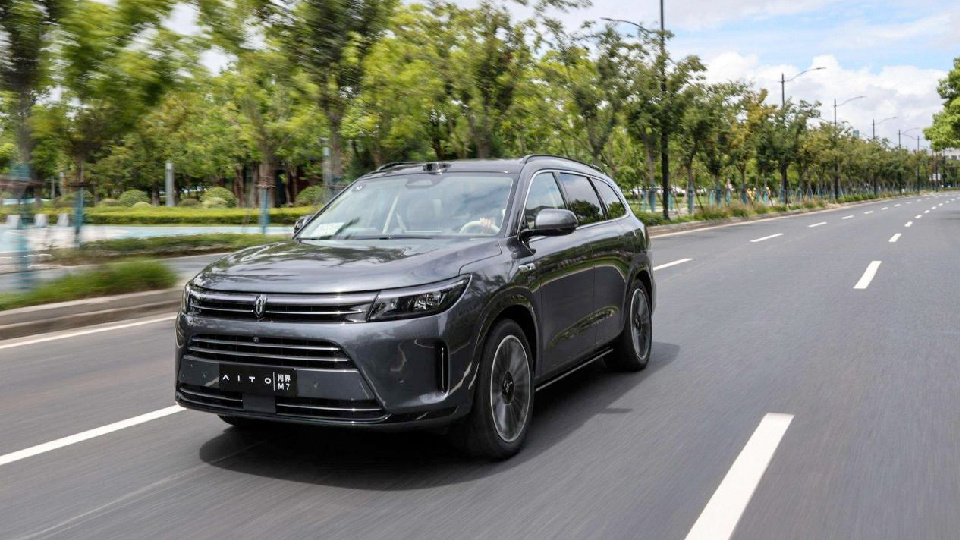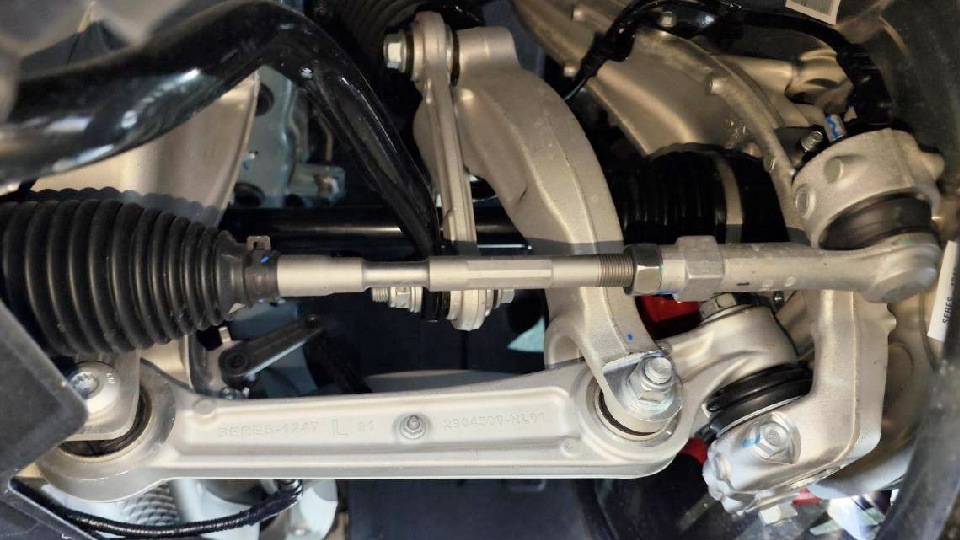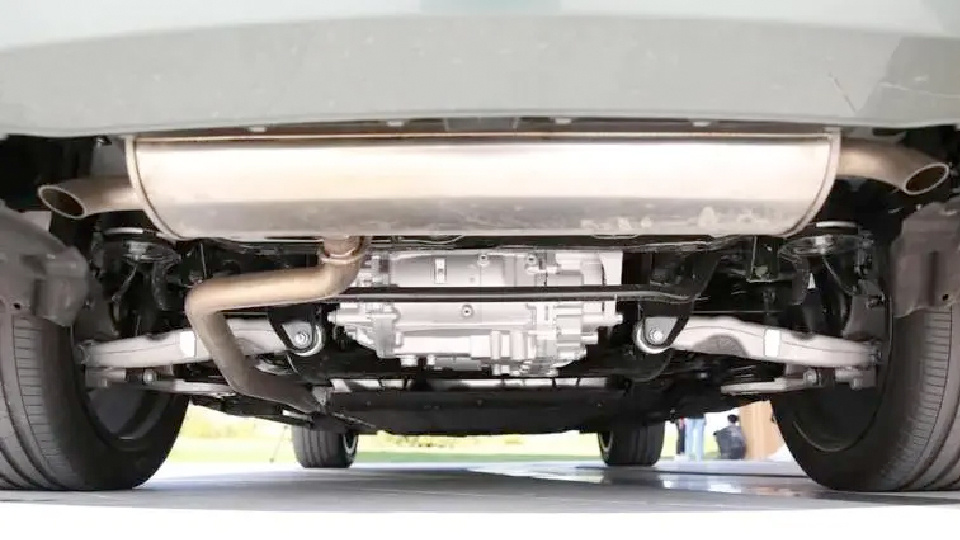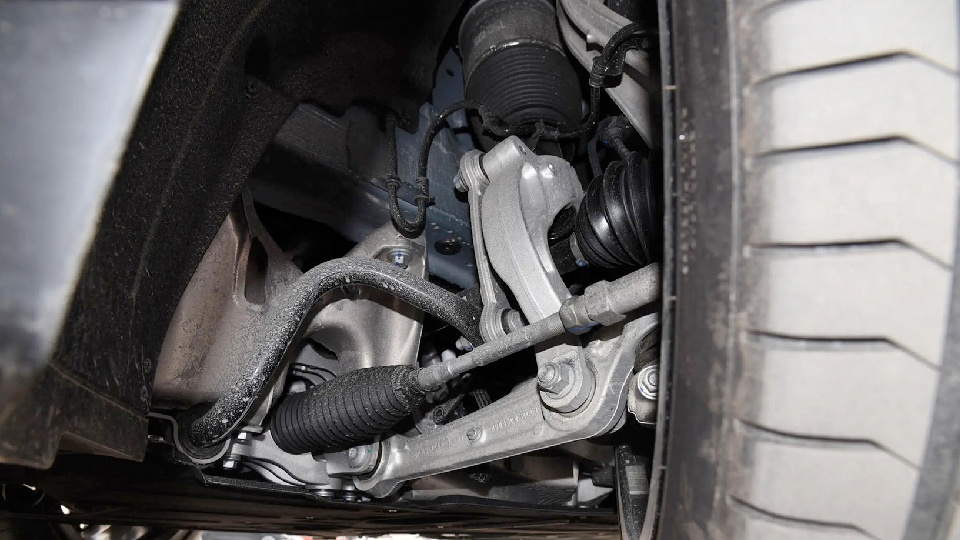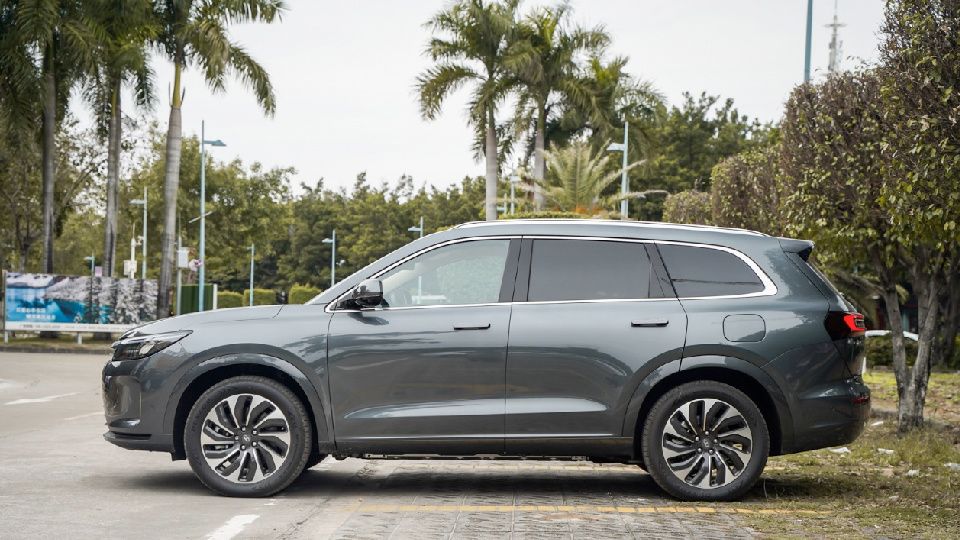Guan Qingyou: The worst period of this year’s economy has passed, and 2020 will be an asset year.
Cctv news(Reporter Gao Shijia): On April 17, the National Bureau of Statistics released the GDP data for the first quarter of this year. In the first quarter, the gross domestic product (GDP) was 20,650.4 billion yuan, which was 6.8% lower than the same period of last year at comparable prices, showing the first negative growth for many years. The sudden COVID-19 epidemic has had a great impact on China’s economic operation. How should we view the growth of -6.8% in the first quarter? What is the future direction of the real economy and capital market?
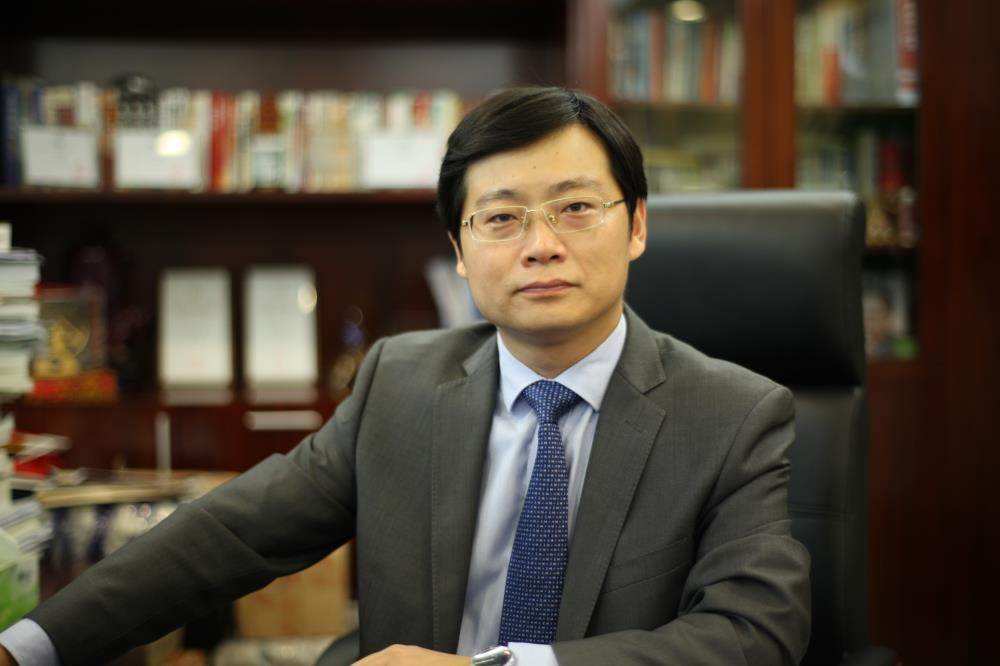
For example, Guan Qingyou, president of the Financial Research Institute and chief economist, believes that the negative growth of 6.8% truly reflects the impact of the epidemic on the domestic economic operation. The bottom of the economy has been confirmed throughout the year, and the worst period has passed. After the data is released, both macro policies and enterprises can go into battle lightly, and the space and rhythm of policy operation will be more clear. Corporate bail-out and people’s livelihood assistance will be the focus of future macro policies. At present, both enterprises and individuals should keep the bottom line thinking, lower expectations and ensure cash flow and basic rate of return. China’s economic resilience is still there. If we remain optimistic, it will be even better next year.
This year’s economic bottom has confirmed that the worst is over.
CCTV reporter: How do you view the negative economic growth of 6.8% in the first quarter?
Guan Qingyou:The growth in the first quarter was -6.8%, which was basically determined to be the bottom of the whole year from the data. The data in March has rebounded from the previous month, and the data in the next second quarter will definitely be better than that in the first quarter.
-6.8% is a realistic data. On the one hand, it reflects the actual impact of the epidemic on economic operation, suggesting that we must attach great importance to the sharp economic decline, support enterprises to bail out, stimulate consumption, and release vitality through reform. On the other hand, if the impact of the epidemic is clarified, macro policies and enterprises can go into battle lightly, clarify the space, intensity and rhythm of policy operation, stabilize employment and stabilize the basic market.
Of course, it must also be noted that the statistics reflect the basic situation and there is also a "survivor bias". In many fields and industries, the actual impact is more serious, and it is indispensable for enterprises to save themselves. Under the current domestic macro-policy space, it is very urgent to start with factor reform and stimulate a new round of growth vitality.
Objectively speaking, China has great room for economic growth and strong resilience. As long as we think correctly and take proper measures, China will surely recover fastest and best among the major economies in the world. In the long run, China’s economic growth potential is still great, which is unique among the major economies in the world.
CCTV reporter: What impact will the global epidemic spread have on China’s economy? Has the worst of this year passed?
Guan Qingyou:The spread of global epidemic will also have an impact on transportation, shipping and international trade in the future. Epidemic prevention and control requires global cooperation and joint efforts. We should also be mentally prepared to deal with the impact of the epidemic for a long time. It can be said that the current world is in a great change that has never happened in a century. Apart from the economy, we should be aware of the subsequent changes in the world economic order and political order.
The biggest impact of this epidemic — — The period of economic shutdown has passed. At present, China has started to focus on epidemic prevention and control, and at the same time, to resume work and production. Although the subsequent chain reaction still exists, it will be expected.
Personally, I think the worst of this year has passed. Although a large number of enterprises may be eliminated because of the epidemic, it is cruel, but the crisis is organic, and at the same time, more new formats, new business models and new technologies will be born, and the process of coping with the crisis is also an opportunity to make up for shortcomings and promote reform. It is now easier to reach a consensus on deepening reform, speed up the search for new kinetic energy for economic development, and release new reform dividends.
2020 will be an asset year with many structural opportunities.
CCTV reporter: What do you think of the capital market this year?
Guan Qingyou:The economic data of the first quarter and the quarterly report of listed companies have been released one after another, which is a bad thing for the capital market as a whole.
Personally, I am very optimistic about this year’s market. Because the first half of the year is definitely in a bottom area, with the announcement of the first quarterly report of listed companies, the impact of the epidemic on enterprises is gradually clear, and the expectations are clear. From the perspective of the capital market, 2020 will be an asset year.
This year’s macro policies are relatively restrained, and there will be no flooding and no unexpected easing. Therefore, the overall index of the stock market will not rise sharply as in 2015, but there will be many structural opportunities. This year, we mainly look at sectors and individual stocks, not the overall index. Many sectors have been greatly affected by the epidemic in the short term. After the shock, prices and valuations are more matched, and assets with higher cost performance have more opportunities to buy.
At this time, the anti-risk ability of leading enterprises with relatively stable performance will be highlighted, and the leading effect of "the strong will remain strong" will continue. There are also many consumer sectors that have been significantly affected by the epidemic. The short-term decline in performance is relatively severe, but the cost performance will increase, and there is room for growth in the future, which is an opportunity to buy. Opportunities for technology stocks mainly depend on whether there are independent core technologies, and enterprises with low added value in the industrial chain at both ends will have high anti-risk ability, which requires in-depth analysis and identification by investors.
CCTV reporter: How do you assess the impact of this epidemic on the industrial chain of the real economy?
Guan Qingyou:The reconstruction of the global industrial chain under the influence of the epidemic is certain, but it is still uncertain how strong it is.
I have a deduction conjecture. Looking at the extended cycle, the state of globalization can be divided into three cycles. The first cycle is 1945— In 1991, from the end of World War II to the disintegration of the Soviet Union, this stage was the formation of two camps and two parallel markets in the East and the West. The second cycle is 1991— In 2016, with the expansion of globalization and the gradual formation of a unified global market, China gradually integrated into the world and became the world’s factory. Many countries, including China, benefited from globalization and developed rapidly. The third cycle began in 2016, with Trump being elected as the president of the United States as the node. The degree of anti-globalization has deepened, or semi-globalization and regionalization have become more obvious. The economic ties between countries in the world will not be cut off, but the overall situation is much weaker than before.
According to this calculation, from 2016, this state will continue for decades in the future. If the deduction comes true, it will be a very regrettable scene. China must also learn to face the new economic order and rethink the future development strategy.
Corporate bail-out and livelihood assistance will be the focus of future policies.
CCTV reporter: What are your expectations for future macro policies?
Guan Qingyou:This year’s macro policy should focus on corporate bail-outs and people’s livelihood assistance. To bail out enterprises, we should not only have quantitative tools, but also have price tools. If the interest rate is only cut between the central bank and financial institutions, it is likely to form financial idling. Therefore, it is necessary to directly reduce the loan interest rate to solve the problem of financing difficulties and expensive financing for SMEs. On the issue of enterprise bail-out, financial institutions need to make profits to small and medium-sized enterprises, and gradually realize the marketization of interest rates in this process. Only by allowing thousands of small and medium-sized enterprises in Qian Qian to survive as much as possible can we solve the employment problem and stabilize the basic market.
With regard to people’s livelihood assistance, the key point is to prevent a humanitarian crisis, and to increase assistance subsidies for the unemployed and needy groups. For example, the issuance of consumer vouchers is very good. Based on our basic national conditions, it is targeted to low-income groups, difficult groups and unemployed groups.
CCTV reporter: Which risk is greater, economic inflation or deflation? How should individuals deal with various risks?
Guan Qingyou:Now there are two States: inflation from CPI and deflation from PPI. So now the economy is in an atypical stagflation state, and the situation is more complicated. But we might as well jump out of the framework of western textbooks and return to traditional Chinese wisdom — — In the year of great disasters and epidemics, you are frivolous and have a rest.
It is necessary for ordinary people to tighten their belts and reduce unnecessary expenses. This is a passive response. Furthermore, try to hold assets that are less affected by inflation or deflation, such as holding money in deflation and holding assets in inflation. As for how long it will last, investors need to strengthen their own learning and have a basic understanding and judgment of the status quo.
Investment risks are great, especially in the complicated period. For individuals and families, the most important thing is to stabilize cash flow. Ordinary people should lower their income expectations, such as investing in some sound bank wealth management products. We should have a bottom line thinking, constantly improve our cognitive ability and professional level, and have our own core competitiveness. There is no point in being pessimistic now. Next year will definitely be better.


